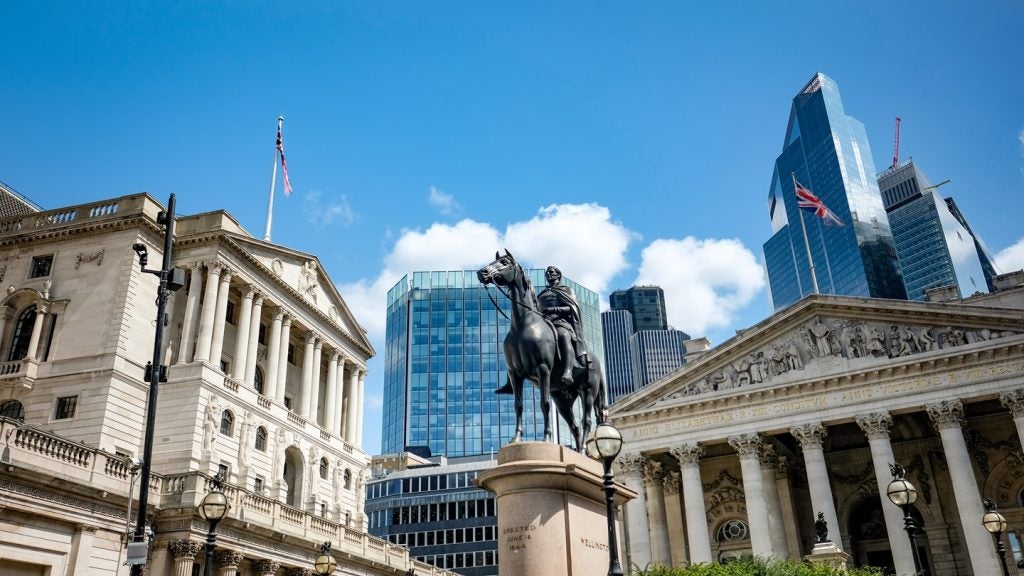The recent Los Angeles wildfires have dealt another devastating blow to the insurance industry in California. The financial losses are staggering, with insured property damages estimated between $28bn and $35bn by Verisk.
But this isn’t just about numbers—it is a horrific reminder of how climate change is reshaping the way insurers and property owners think about risk.
LA’s major providers withdraw
Big players in the insurance market such as State Farm and Allstate have essentially admitted defeat on insuring new properties in California. State Farm stopped accepting new policies for homes and businesses, citing skyrocketing wildfire risks, previously mentioned in March 2024. Allstate followed suit, pointing out that the cost to insure properties in wildfire zones far outweighs what it can reasonably charge for homeowners in high-risk areas of the Golden State. For homeowners in high-risk areas, this is not just inconvenient, it is an existential crisis, with insurance policies doubling and even tripling each year.
FAIR plan deemed insufficient and insurers grapple with payouts
The state of California’s Fair Access to Insurance Requirements (FAIR) plan, established in 1968 as a safety net for state residents, is now picking up the slack. But the FAIR plan is an option that only covers the bare minimum. Specifically, it covers fire, and the premiums are often ridiculously high. The plan leaves many people vulnerable, if your home burns down, you might get a payout to rebuild, but other risks like water damage or theft will not be considered. Ultimately, people are paying more for less coverage, and the system is starting to feel unsustainable.
For insurance companies, this is a survival issue too. Wildfires are hitting harder and are more frequent, and the costs of rebuilding are higher than ever due to inflation and rising construction costs. Many insurers have already blown through huge chunks of their catastrophe budgets and wildfires are still raging this season. Some companies might not recover from this financially and that ripple effect could further destabilise the market. California residents fear insurance policy hikes as big insurance players leave the Golden State market, and a small number of insurers remain to dominate.
Residents demand long-term climate solutions
At the heart of this mess is the question: How much longer can the insurance industry keep up with the pace of climate change? The traditional business model of collecting premiums and paying out claims is falling apart in places like California. Either premiums will keep climbing, which makes coverage unaffordable for most people, or insurers will keep bailing out of high-risk states altogether. Neither option is sustainable.
Californians want the government to take stronger and smarter action to address climate-related disasters such as wildfires. For Californians, this is not just about insurance—it is about the future of living in the state. Many feel that the local government is not doing enough to combat issues such as drought and wildfire risks, especially with the controversy around the rights of the California water supply. Residents are calling for a focus on long-term solutions such as stricter environmental regulations and better urban planning to avoid rebuilding in fire-prone areas.








